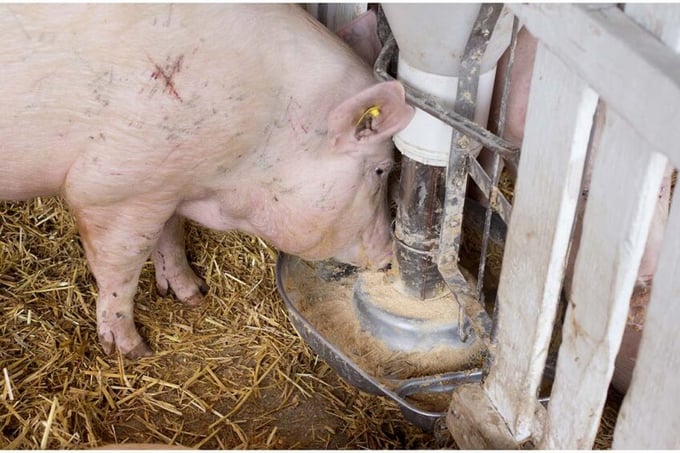November 27, 2025 | 22:01 GMT +7
November 27, 2025 | 22:01 GMT +7
Hotline: 0913.378.918
November 27, 2025 | 22:01 GMT +7
Hotline: 0913.378.918

Photo: Canva
By August 2023, the situation in Québec, Canada was so severe that the provincial pig producers’ association, Éleveurs de porcs du Québec, started a programme to help chosen producers exit the industry. In 2023, the Premier of Quebec stated that pork farmers there were in an “extremely difficult situation,” with over 700 of them dealing with serious financial challenges.
The programme has a goal of reducing the province’s pig herd by 7% overall, with another 2% coming from those already getting out. This addresses the reduced slaughter capacity in the province. A major Canadian packing firm, Olymel, shutting down a large plant in Quebec in June 2023.
Following the end of the first applicant competition, which had 260 applicants and 60 farms selected, a second round of applications ended January 29, 2024. The association’s public relations director and secretary general, Tristan Delauriers, reports that those who did not get accepted in the first round could re-apply in the second, but only about 60 applications were recently received. “There were a lot of different farmer profiles who applied and want to stop production,” he says, “but many are close to retirement, hadn’t invested in the farm recently and had no one to take over the farm.”
During the last few months, there have been attempts to cut farrowings in various parts of the US, but overall, the national herd size remains the same. Data from the US Department of Agriculture (USDA) has shown that farrowings dropped 4% in the last part of 2023, but piglets per litter were up 4%.
However, Dennis Smith of Archer Financial Services recently stated a belief that growth in litter size was overstated and the decline in breeding stock understated.
In a news story from Iowa, where the state’s herd has actually risen 3% in recent months, Steve Meyer (chief livestock economist at Ever.Ag market analysis company) states a believe that the US sow herd needs to shrink 6% to 10% to have an impact on restoring industry profits.
The US market share of world pork exports grew in 2023 and Miller believes this will likely continue in 2024. And although some experts point out that pork consumption is dropping in China and other Asian countries for several reasons, Miller notes that due to economic losses at the 3 largest pork producers in China, China may “be forced to import large amounts of pork before the end of 2024.”
Regarding Canadian exports to China, Farm Credit Canada, a leading farm lending and analysis firm, notes that they have not yet bounced back to pre-African Swine Fever levels. However, Éleveurs de porcs du Québec economic director Renaud Sanscartier recently stated that “consumption of pork has increased slightly in Canada in recent months.
(PP)

(VAN) A new study reveals how the simultaneous effects of ocean acidification, salinity and loss of oxygen are making the world more fragile.

(VAN) Hopes are growing that the creation of the first 3D turkey gut model could be a turning point in the battle against the virulent blackhead disease.

(VAN) Tyson, America’s biggest meat supplier, plans to shutter one of its largest beef processing plants as the industry continues to struggle with low cattle supplies and political pressure from Washington.

(VAN) New FAO study shows how digital solutions are empowering farmers and fishers to prevent losses and build resilient agrifood systems.

(VAN) Brazil's COP30 presidency pushed through a compromise climate deal on Saturday that would boost finance for poor nations coping with global warming but that omitted any mention of the fossil fuels driving it.

(VAN) Poultry farmers in the UK have been warned that they could face one of the worst winters yet for bird flu.

(VAN) Prices of main-crop paddy have risen sharply, with jasmine rice hitting 16,100 baht per tonne — the highest level in years.